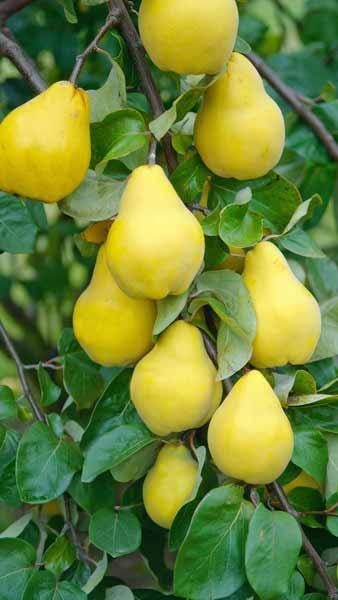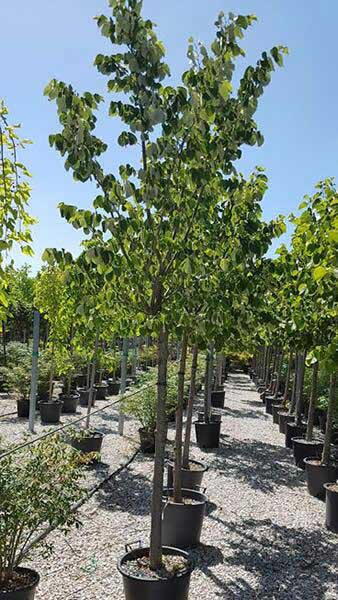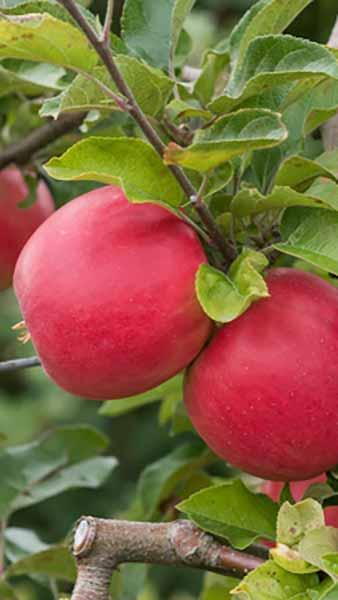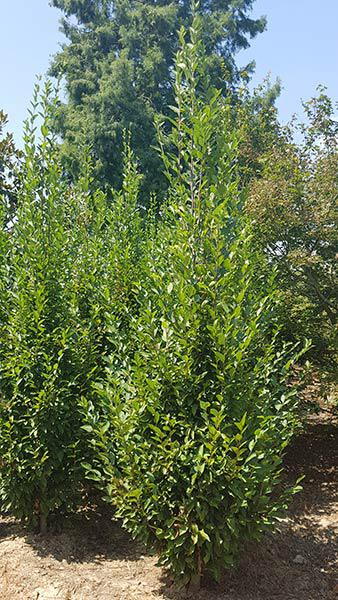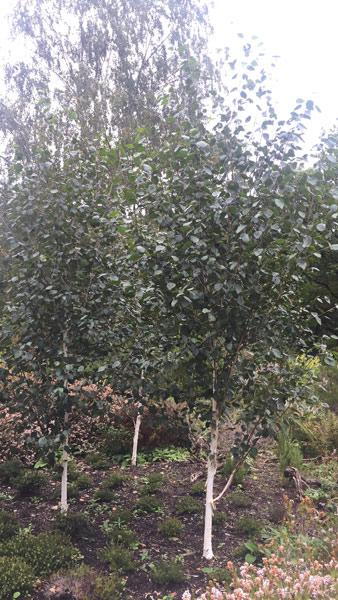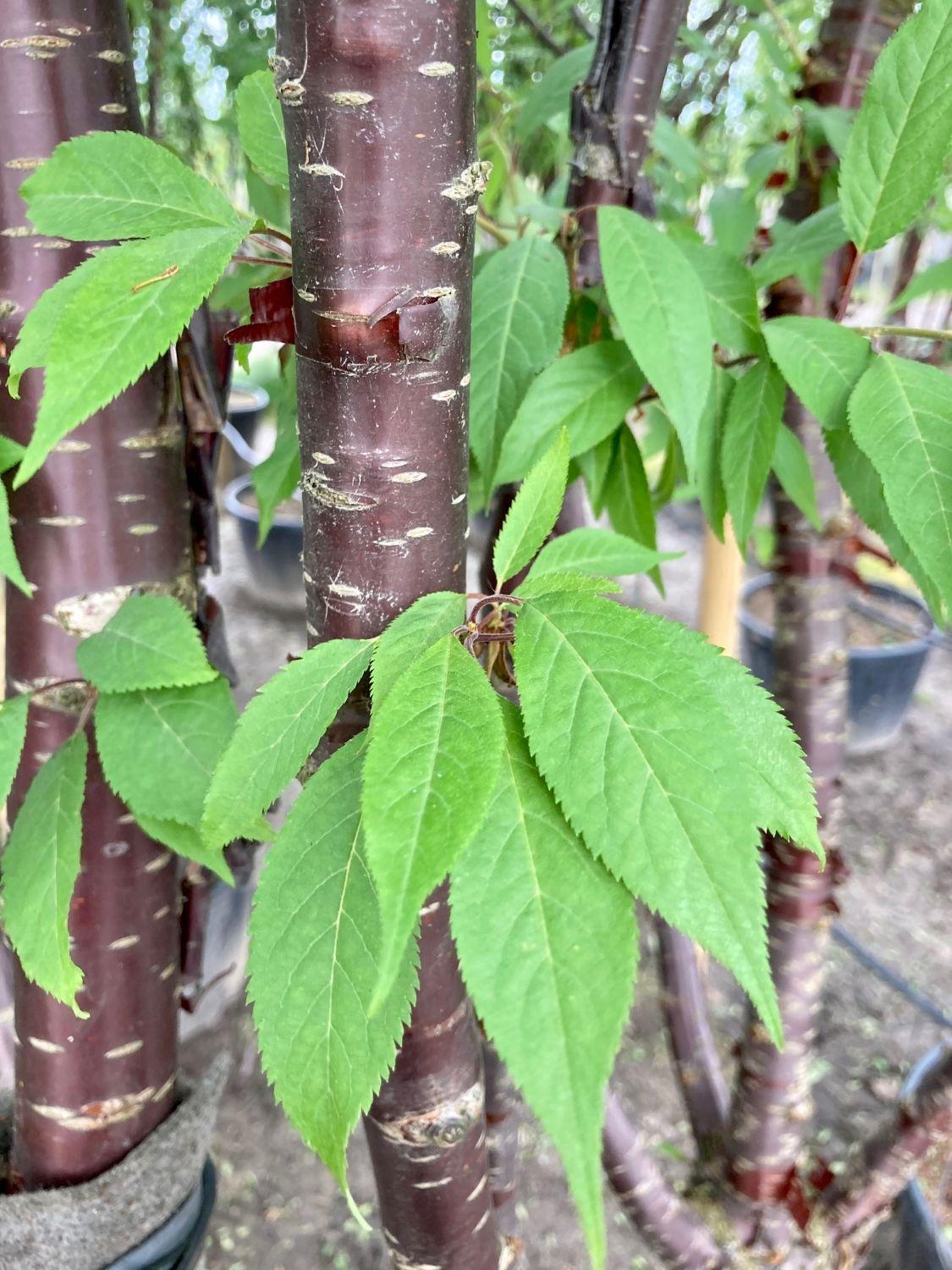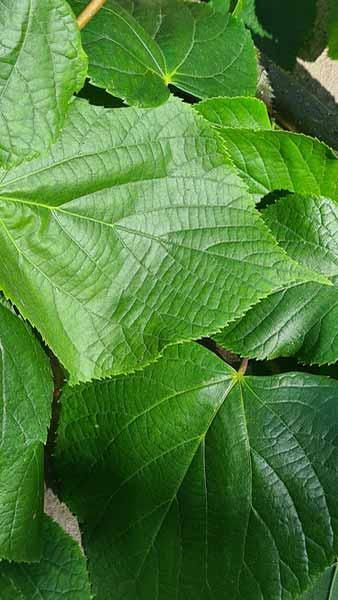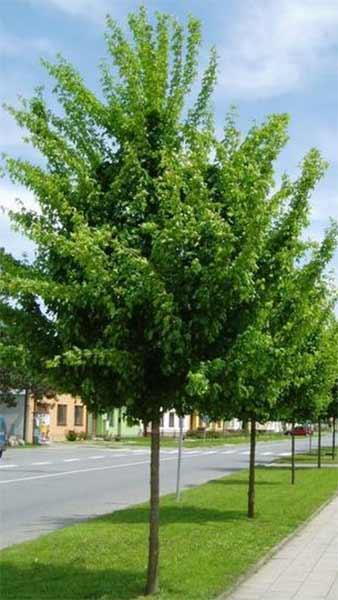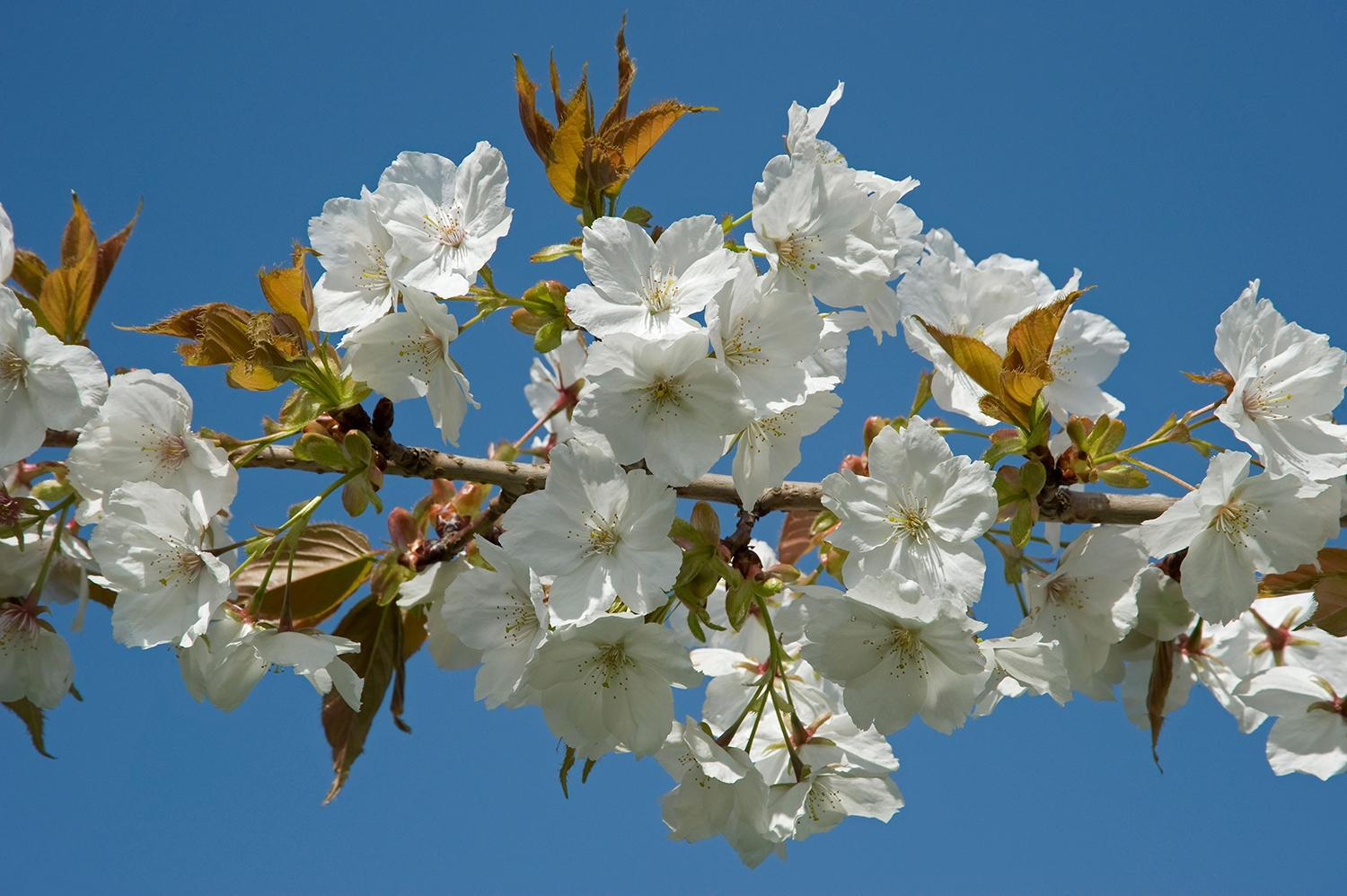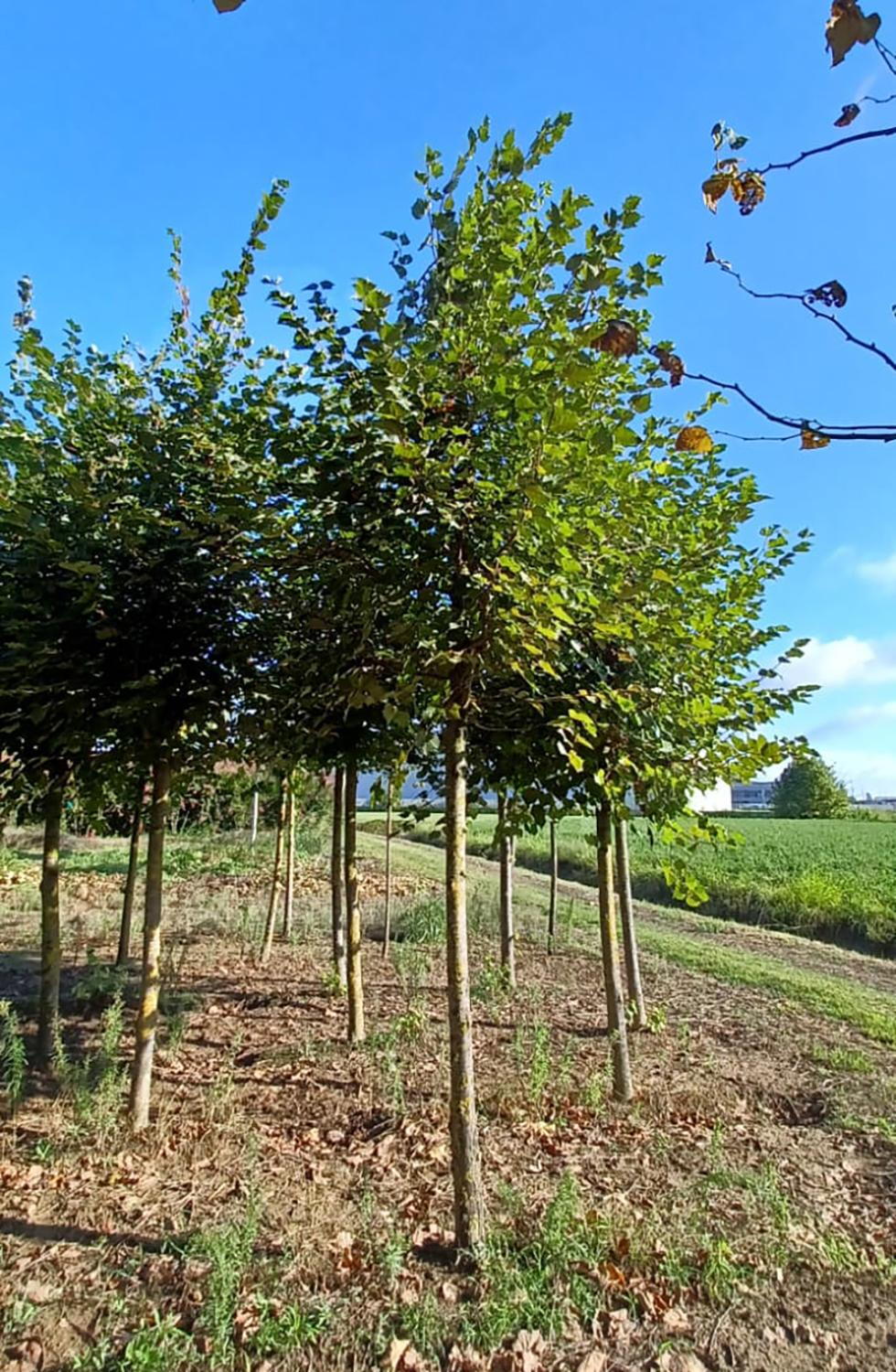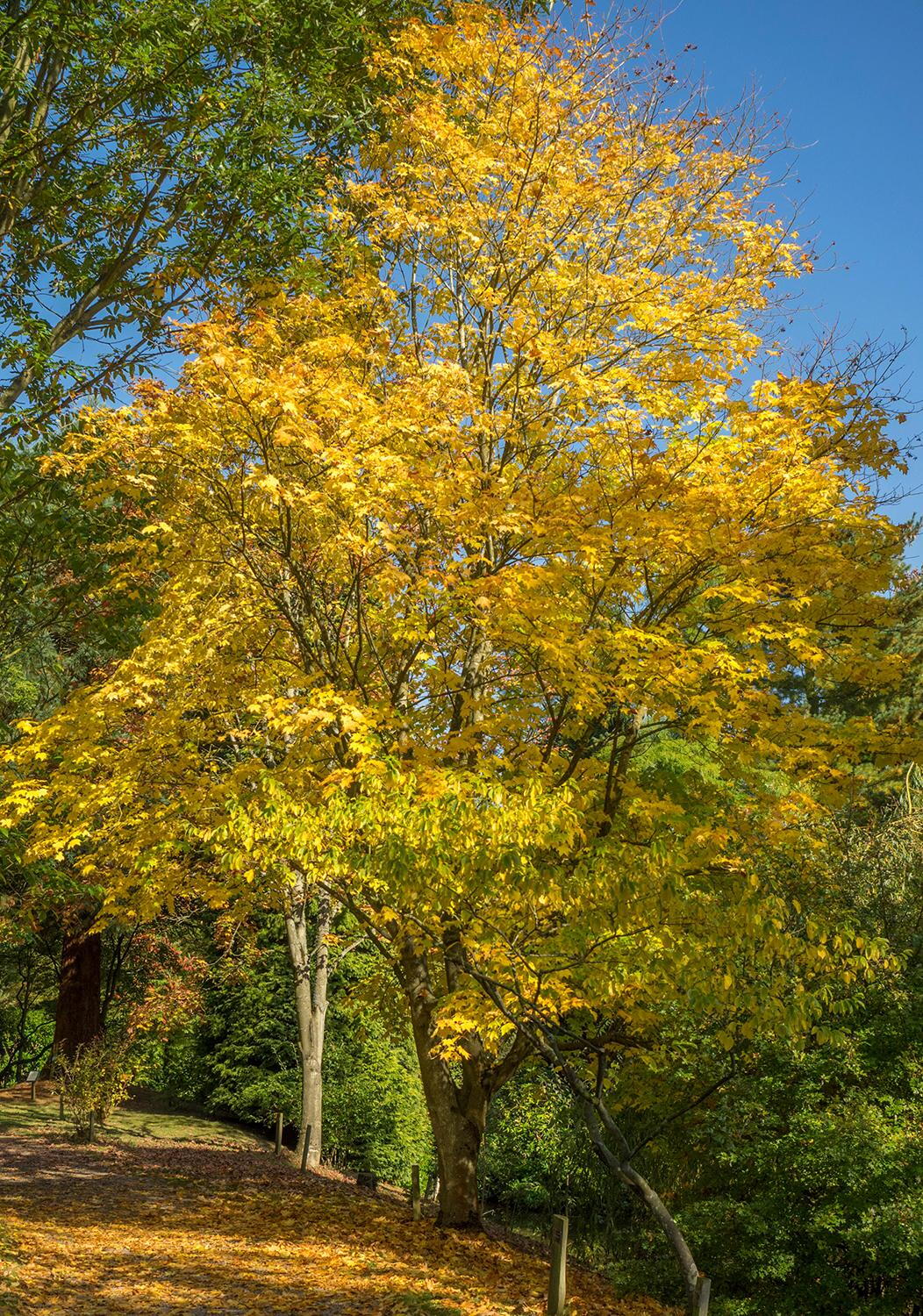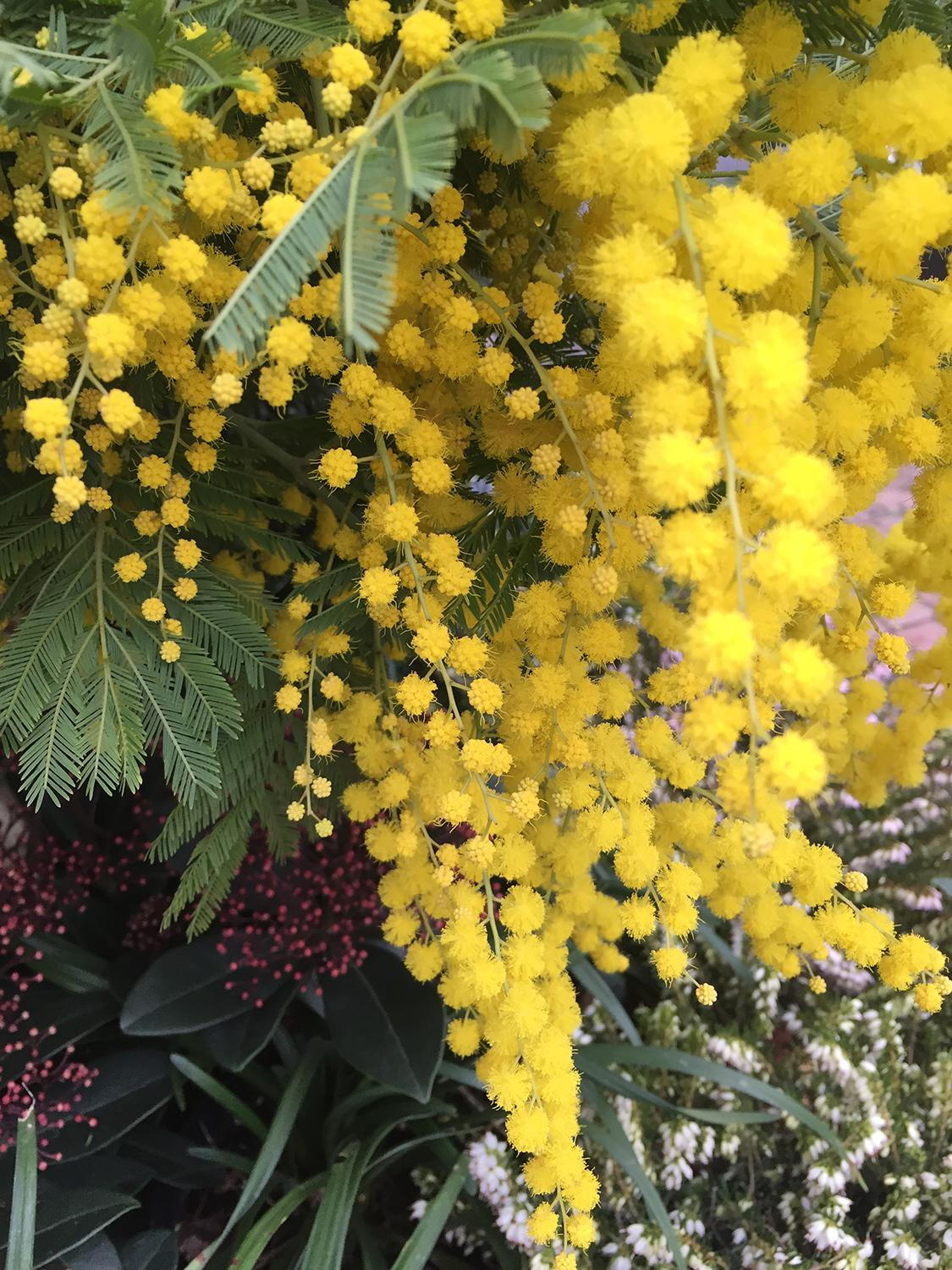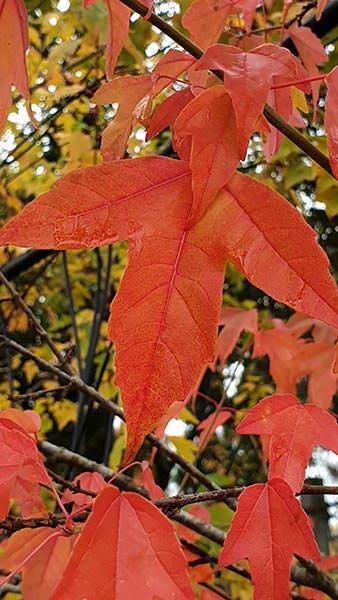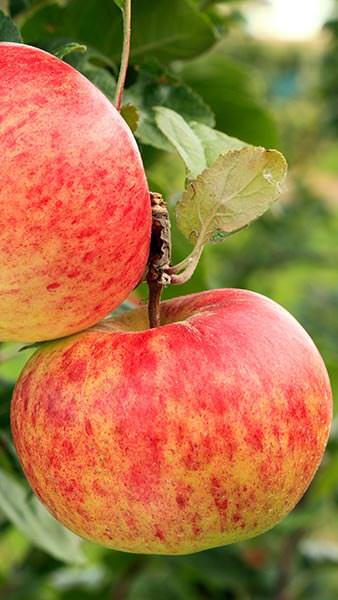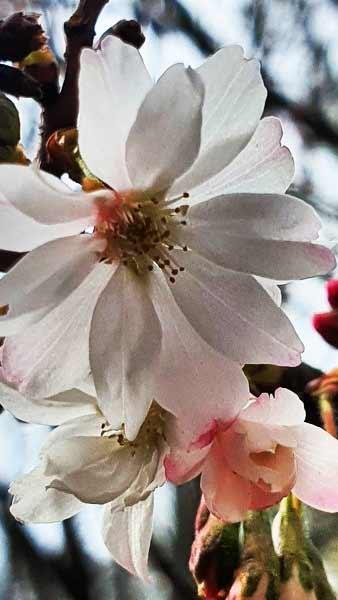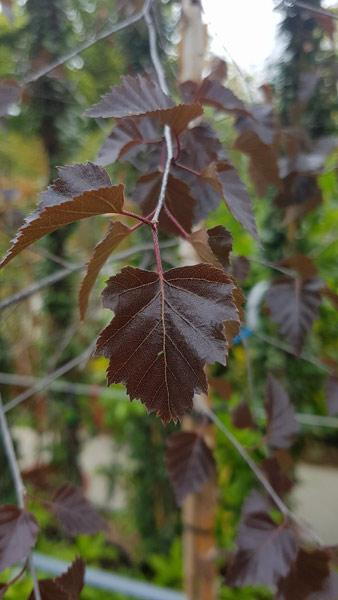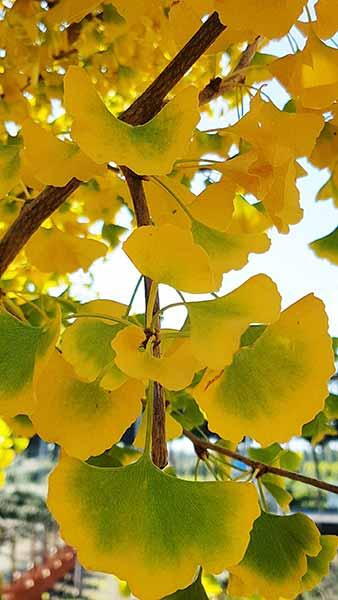Tilia Platyphyllos Broad Leaved Lime Mature Multi Stem Trees
Broad Leaved Lime, or, to give it its full botanical name, Tilia Platyphyllos, is a large, deciduous tree. Noted for its good constitution and attractive appearance, this versatile tree offers many choices for landscaping. As the specimens we offer are trained as multi-stem trees, Tilia Platyphyllos can be grown in cluster or as a focus of interest in the garden.Fresh green and heart-shaped, the foliage of this tree offers interest for the better part of the year. The leaves retain their beautiful dark green green colour until the autumn, when they turn a vibrant, bright yellow. The blossoms are also yellow, although a much paler shade. The flowers appear in the summer. Although they are not particularly showy, their strong, sweet scent is pleasing. Floriferous, fragrant display attracts beneficial pollinators through to autumn, when tiny, oval, hard fruits appear.Naturally occurring on chalky soils and limestone, Broad Leaved Lime thrives in slightly acidic to alkaline soils. It can be successfully grown in various types of soils, as long as they are moist but well drained. Performs well in partial shade to full sun, exposed or sheltered locations. Does not tolerate drought and needs consistent moisture.As a native tree, Tilia Platyphyllos is fully hardy in the United Kingdom, and it will survive in areas where winter temperatures do not drop lower than 15 degrees below zero. It is not bothered by frost or urban pollution, which why it is often the choice for lining avenues.Trained as a multi-stem tree, Broad Leaved Lime forms a dense canopy and an upright, spreading habit. The maximum height this cultivar can achieve is 30 metres, so make sure to choose a location in your garden where this large tree can fully develop. Although pruning is not necessary to maintain this cultivar in shape, it will appreciate removal of dead and damaged stems. Responds very well to hard pruning and coppicing.Versatile and decorative, Tilia Platyphyllos is an elegant tree that has many uses. It can be grown on its own, to serve as a focus of interest in the garden, or en masse, for a windbreak. In large gardens, this impressive tree can be added to borders, where its multi-stemmed habit and dense foliage make it ideal as a background plant.
